Last Updated on August 2, 2021
BACKGROUND
Malu Miranda and André Pereira had great success with the first movie made through their production company Lupa Filmes, the hilariously funny 2013 romantic comedy MATO SEM CACHORRO (or THE DOGNAPPER), which sold over one million admissions in its native country of Brazil. For their second film, the producers are shifting gears and genres to make the psychological horror film O RASTRO (or THE TRACE WE LEAVE BEHIND).
Although José Mojica Marins remains a popular cult figure in the country for creating the character Coffin Joe with his groundbreaking independent horror film AT MIDNIGHT I'LL TAKE YOUR SOUL fifty-two years ago, horror is not a particularly popular genre in Brazil. Romantic comedies and novelas (soap operas) have long ruled the entertainment industry there, with the occasional crime film and action movie popping up here and there. With signs now indicating that Brazilian audiences are becoming more open to a diverse selection of genres, Miranda and Pereira are hoping they'll embrace a horror project that has some money and prestige behind it.
The time seems to be right for a film like THE TRACE WE LEAVE BEHIND. Not only has the number of independent (usually very low budget) horror movies being made in Brazil been rising in recent years, proving that there is some interest in the genre within the country, but more horror films have been enjoying international success in general, so there is a chance that it could travel further than the typical romantic comedy would.

In early April, I was invited to the set of THE TRACE WE LEAVE BEHIND in Rio de Janeiro, with the producers being kind enough to allow my Brazil-based cohorts Priscilla and Esten accompany me there – Priscilla helping out with Portuguese translations, Esten taking pictures, and both of them pitching in during the interviews. As this was the first time I had ever visited a movie set, having their support and assistance was invaluable. I also couldn't have asked for more gracious hosts, and during the three hours we spent on the set with Miranda, Pereira, and director J.C. Feyer, who was making his feature directorial debut here after racking up awards for his work on commericals, it became clear to me that they are definitely the right creative team to be attempting to make a breakout Brazilian horror film. Ask them if they're fans of the genre and their response is an emphatic "Yes!", followed by a barrage of references to films like THE SHINING, ALIEN, THE OTHERS, THE BABADOOK, THE ORPHANAGE, SHUTTER ISLAND, THE CONJURING, and THE WITCH.
The development of THE TRACE WE LEAVE BEHIND began with Miranda's desire to work on a film with Feyer, who she has known for nearly twenty years. "I had to produce J.C.'s first movie," she said. When considering the idea of directing his first feature, Feyer knew exactly what he wanted to make. "My first movie had to be horror."
Scripted by Pereira and Beatriz Manela, the horror film Feyer has directed as his first feature has the following synopsis:
João, a young physician who coordinates the transfer of patients between state-run hospitals in the city, struggles with a mystery: a patient goes missing one night and completely disappears from the system. As the doctor attempts to find out the truth, he slowly loses his sense of reality.

THE TOUR
The location we got to visit was the hospital in which the João character works, and upon our arrival there it quickly became obvious that the production had found the perfect location. Filming was taken place in a wing of an actual hospital that had been abandoned for fifteen years. Life imitating art, as the producers were closing the deal to shoot in this abandoned wing they learned that the entire hospital would soon be shutting down. This caused slight hiccups during production as utilities in the building were shut off one by one. Soon before our day on set, the electricity had been shut off. Luckily the production was running everything with a generator, but our tour was still largely shrouded in darkness, cell phone lights often the only thing lighting our way.

Miranda and Pereira were our personal guides on the tour, which was very reminiscent of walking through a haunted house attraction. We covered nearly every inch of the five story building, going down hallways with floors strewn with things left behind by rats and bats, through rooms with crumbling ceilings, past sets where we were informed "bad things" had happened. Included in the set design were items that were found within the building when the production moved in, things that had been left behind when the doors were locked for good fifteen years ago. It was impossible to tell which items were discovered in there and which were brought in by production designer Daniel Flaksman, they blended together perfectly.
One notable set was a doctor's break station with newspaper covering the window. The "bad things" that happened in that room had left a mess; tossed newspaper, an overturned chair, a fan knocked over on its side. A mirror stood near the doorway, and Miranda told us that the film's shooting style utilizes mirrors a lot. In the finished movie, much of what occurred in the break station will be seen in reflection on that mirror.
 Another set was an operating room that had a massive window with glass that Pereira said looks green when light shines through it. On the hospital bed in the middle of the room was evidence of an operation scene having been shot, including cloth soaked with blood.
Another set was an operating room that had a massive window with glass that Pereira said looks green when light shines through it. On the hospital bed in the middle of the room was evidence of an operation scene having been shot, including cloth soaked with blood.
The elevator was broken in the building, just like it is within the story of the film, so our tour required a lot of stairs climbing as we made our way up through the building. The floors were designed to get creepier and creepier as we ascended, and that was certainly the case. After four floors of old hospital sights, the fifth floor was stunning. The top floor was in such poor condition by the time the production moved into the building that supports had to be built into the ceiling to make it safe to film in there, but we were still required to wear hard hats as we walked along the floor covered with busted concrete, beneath the spots of collapsed roof. Not all of the damage witnessed on the fifth floor was natural decay, though – the production had also broken through some of the walls.
Brushing past multiple sheets of plastic hanging from the ceiling, we were led to a morgue room with four freezers. At Miranda's suggestion, I pulled the slab out of the bottom left freezer… a new experience for me. The press agent accompanying us mentioned that the producers had told her that it wasn't brave just to open the freezer, bravery would be to climb inside it. That's not something she was prepared to do, and neither was I.
There are often stories of real world strangeness in horror movie locations, and this abandoned hospital was no different. During the tour, we encountered one of a few different doors in the building that had a tendency to open and close on their own, and we witnessed this one creakily swinging open. We were told that one of these doors began to open on its own while a scene was being shot in the room, and the take they're using includes the genuine freak-out the actor had at the sight of the opening door.
Within the film, a particular piece of the hospital's equipment is broken. This story element played into another "life imitates art" scenario like the closing of the hospital and the out-of-order elevator, but this one had terrible consequences. Someone involved with the production knew a person who got into an accident during filming, and this person died because the same piece of equipment that isn't working in the movie also wasn't working at the hospital they were taken to.
The broken equipment story was even more eerie to me than Miranda's warning that people had reported seeing a "Lady in White", wearing a bloodstained hospital gown, roaming the hospital. We never did spot this bloody apparition.

CLIPS
When the tour was complete, we returned to the fourth floor, where we were taken into a small editing space to be shown two scenes from the film. The first scene was one that been shot on the fifth floor, and it was made all the more effective by the fact that we had just been there. It featured the character João, as played by Rafael Cardoso, tearing his way through those hanging sheets of plastic in a highly emotional state, skidding on the messy floor where we had been told to watch our steps ("Where?" "Everywhere."), going to that morgue room, where he opens the bottom left freezer…
Done in one long take, the second scene found a bloody João arriving at an apartment occupied by young children and a character played by Leandra Leal. Disturbed at the sight of the blood, Leal's character ushers João into the shower and tries to keep the children occupied while she wipes blood off the floor. What we had been told about the use of mirrors was quite evident toward the end of this take.
Both of the short scenes we saw were technically impressive and gorgeously photographed by cinematographer Gustavo Hadba, which drove it home even more that we were on the set of something special, that this is a Brazilian genre film that does have a shot at receiving international attention.
BEHIND THE SCENES
After seeing results of the crew's efforts, we witnessed director J.C. Feyer preparing them for the night of filming they had ahead of them, taking them step-by-step through the dream sequence they would soon be shooting and delivering a rousing speech about making "the best f*cking movie possible." When Feyer was done speaking, his crew applauded.

From a vantage point on the fourth floor, we watched as the crew went to work building a complicated spinning camera rig on the third floor. For this dream, the camera would be turning in every direction. Through one doorway was a nursery where one of the cribs was covered by a black veil hanging from the ceiling, through another was a green screen. The camera would also be tilting up for a shot of the stained glass skylight above.
Noting the green screen, we asked Pereira what the balance would be between practical and digital effects. Not a fan of using CG to achieve scares, since it never looks real, Pereira said that the effects in the movie will be practical. CG will be used to aid in the composition of some shots; for example, they would need to digitally erase the dolly track from the spinning camera shot they would be doing later that night.
TALKING TO THE DIRECTOR
Feyer had half an hour to kill while the crew assembled the camera rig, and he kindly chose to spend that time having a conversation with us. During this talk, the filmmaker revealed that the filming of THE TRACE WE LEAVE BEHIND is the culmination of a long development process.
It was six years ago, well before the success of MATO SEM CACHORRO, that Feyer and the producers began planning their horrific collaboration and Pereira started crafting the screenplay with Beatriz Manela. Over the years, Feyer said that there had probably been three or four different versions of the movie written as they figured out exactly what it would be. The first draft was very much an American-style haunted house story, but they soon realized that they shouldn't just try to copy what was being done in another country, they should make their horror film distinctly Brazilian. That's how the real world issues of the country's poor economy and the closing down of hospitals became the foundation of the plot.
Although the film deals with Brazilian issues, Feyer definitely did not want it to look like the typical Brazilian films, which tend to embrace bright colors – yellows, oranges, etc. Feyer was very mindful of the colors he was using in his film, going for a darker, more muted look. Each floor of the hospital was painted a different color – a sickly green, a dark blue, grey. Some of the footage we saw had a beautiful blue tint to it. The only brighter color to be featured in the movie will be red, and that will only be in there when things get bloody.
The fact that the script went through six years of rewrites shouldn't be taken as a bad sign, but instead as an indication that the filmmakers were taking as much time as they needed to perfect it. Unlike many horror films we see, the script was very important for THE TRACE WE LEAVE BEHIND; Feyer described it as a jigsaw puzzle that fits together perfectly to build a story that will stir up debate among viewers – is there something supernatural going on here, or is it in the minds of the characters? Feyer referenced THE BABADOOK as a film that had a similar "Is this real or not?" approach. There is even disagreement about what is actually happening in the film among the actors. While some think the terrors are purely psychological, others firmly believe that there are supernatural forces at work.
A supernatural presence will undoubtedly be felt by characters in the movie, and rather than indicate this presence through a sense of cold, as is often the case in ghost stories, Feyer is taking the opposite approach. When there's a ghost nearby in THE TRACE WE LEAVE BEHIND, the temperature rises and the characters start to sweat profusely. The director was always calling for "More sweat!" during the shooting of these scenes. To me, this seems quite appropriate for a Brazilian film, as heat is definitely something that I associate with the country, and sweat is certainly something I can provide while I'm there. My companions and I were dripping sweat as we made our way around that hospital.
As our time with Feyer drew to a close, we asked where the director was hoping to go from here. He said that the type of projects he's drawn to are those that are "real" and "intense". One he has in development right now is a horror television show inspired by the true story of a psychiatric hospital where thousands of patients were killed. Miranda and Pereira seemed keen to put him at the helm of an action film, but whatever Feyer makes after THE TRACE WE LEAVE BEHIND, one thing is for sure: you won't see him directing an average Brazilian rom-com, because "I don't like comedies."

WRAPPING UP WITH THE ACTORS
We then had an opportunity to spend a few minutes talking with the lead actors, two of the most popular actors in Brazil today, Rafael Cardoso and Leandra Leal. Due to the rarity of horror projects in Brazil, this film was their first chance to play a role in something like this, and they were quite happy to be making their horror debut.
Both actors have been fans of the genre since they were children, with Cardoso especially liking things that have a more "psychological thriller" aspect – he referenced THE BLAIR WITCH PROJECT and the Hannibal television series as favorites of his – and Leal gravitating toward '80s slashers. For children growing up in Brazil in the '80s and '90s, the FRIDAY THE 13TH and NIGHTMARE ON ELM STREET films were unavoidable, and those films were how Leal was introduced to the genre, through a nanny who would put them on while babysitting her. She has loved watching horror films ever since, and enjoys that the viewer can get to a heightened state of fright from watching them while still being in a safe environment.
When asked how preparing for a role in a horror movie differed from her previous jobs, Leal said that her process remained the same, especially since her character doesn't go through as much of the psychological terror. It's Cardoso's character João who endures the most horror, and although the actor was enjoying the experience of being able to delve into darker material, he admitted that it was troubling to him. "Even after I go home, those moments linger in my mind," he said. He had to find a way to let go of those thoughts, otherwise he'd go crazy.
Soon it was time to let Cardoso and Leal return to the horrors of THE TRACE WE LEAVE BEHIND and get back to preparing for the scene that was about to shoot. The crew was setting up the lighting for that complicated camera shot by this point, and as they did bats started flying around the lights on the fourth floor. This image was one of the last things we saw during our time in that creepy old hospital, and a horror movie set visit couldn't have ended on a more appropriate note.
THE TRACE WE LEAVE BEHIND has since wrapped production, and Miranda will soon be presenting footage from the movie at the Cannes Film Festival. Imagem Filmes is planning a wide theatrical release in Brazil for sometime next year, with the producers expecting to hold the premiere sometime around March of 2017.



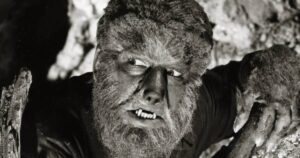
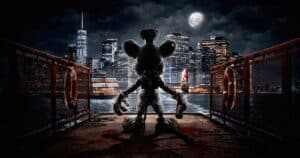
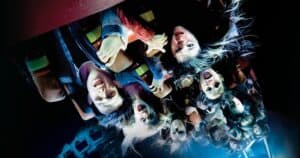
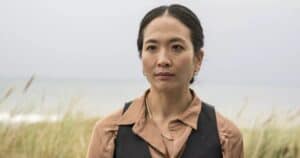
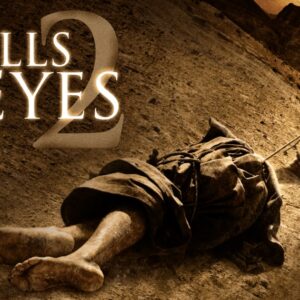
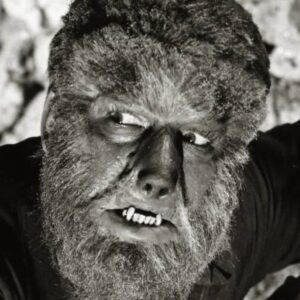
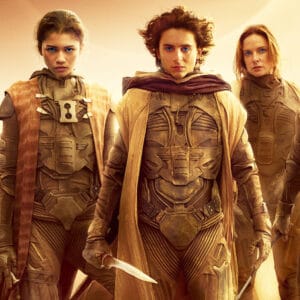
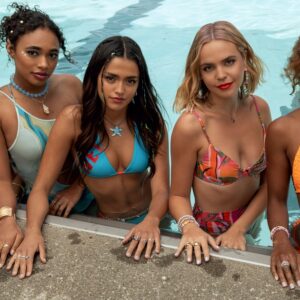
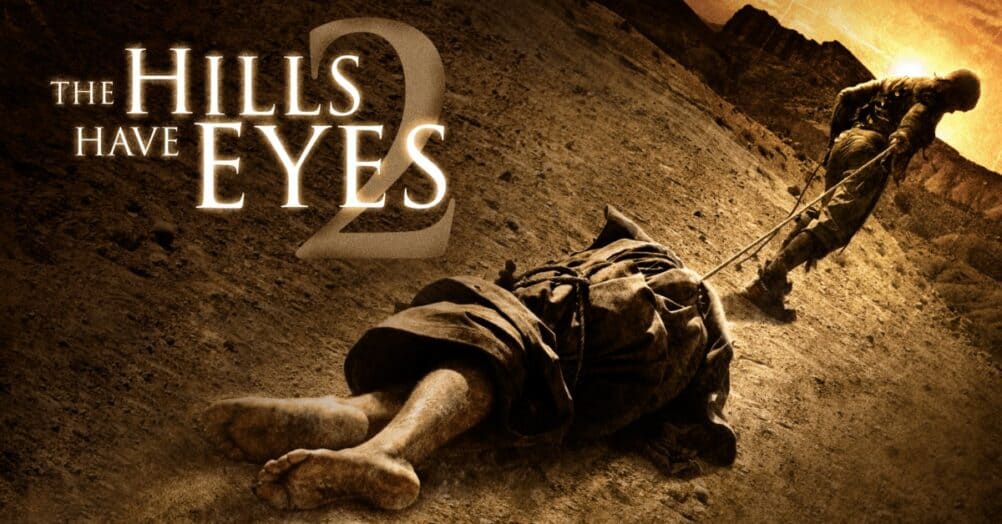
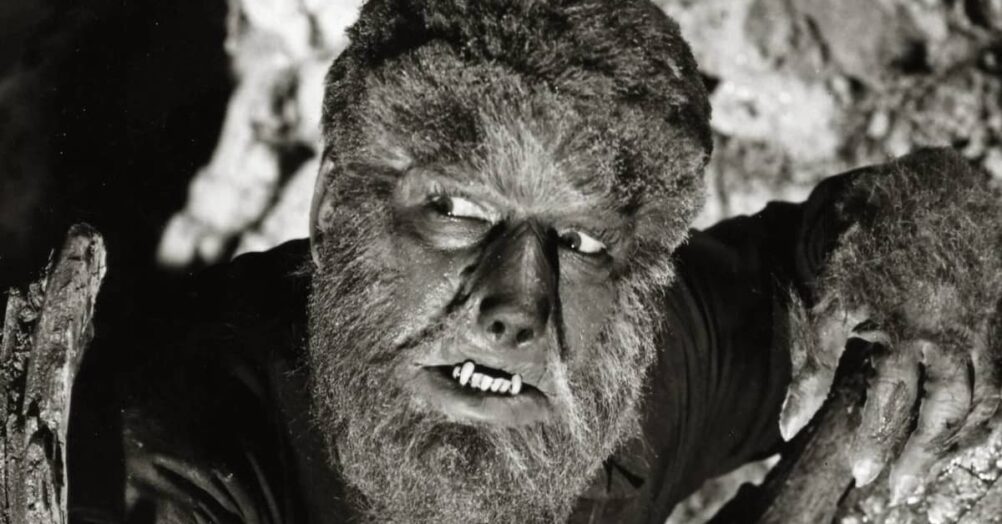
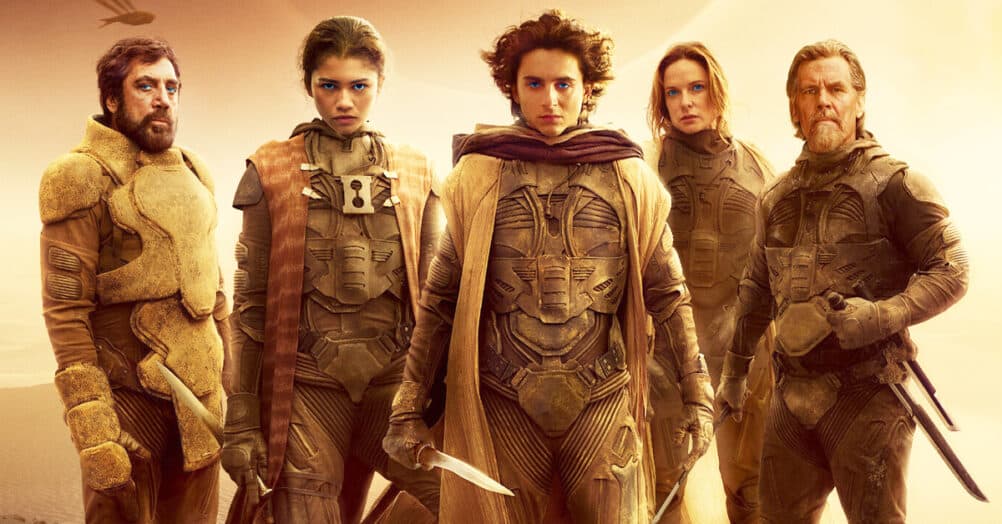
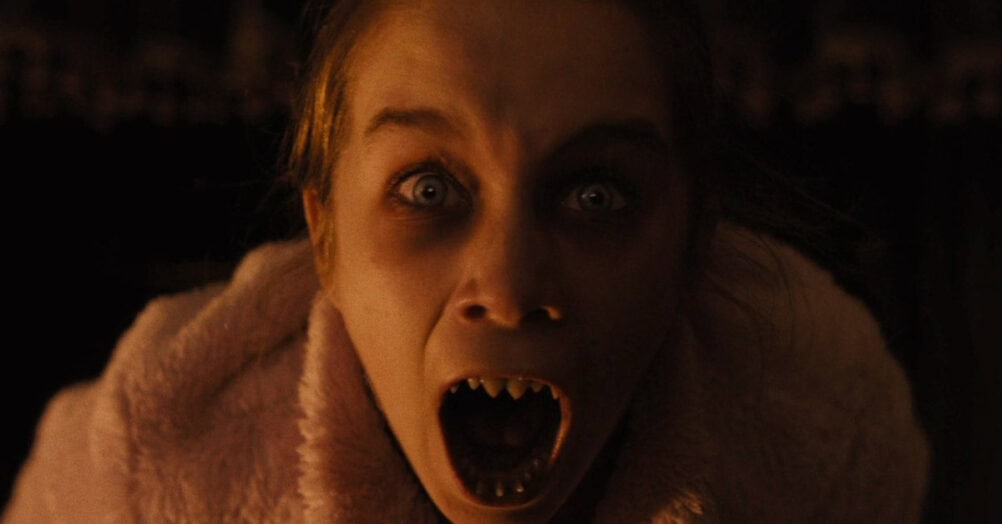
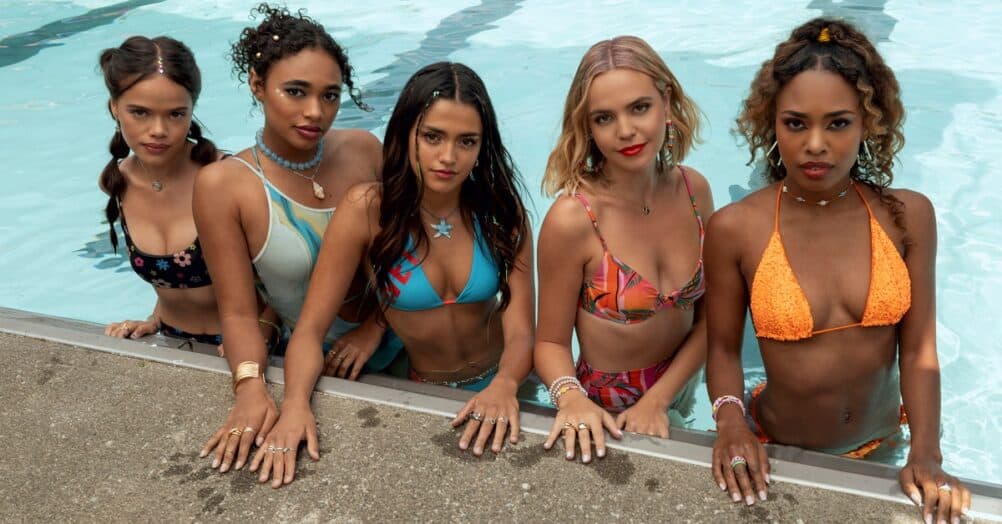
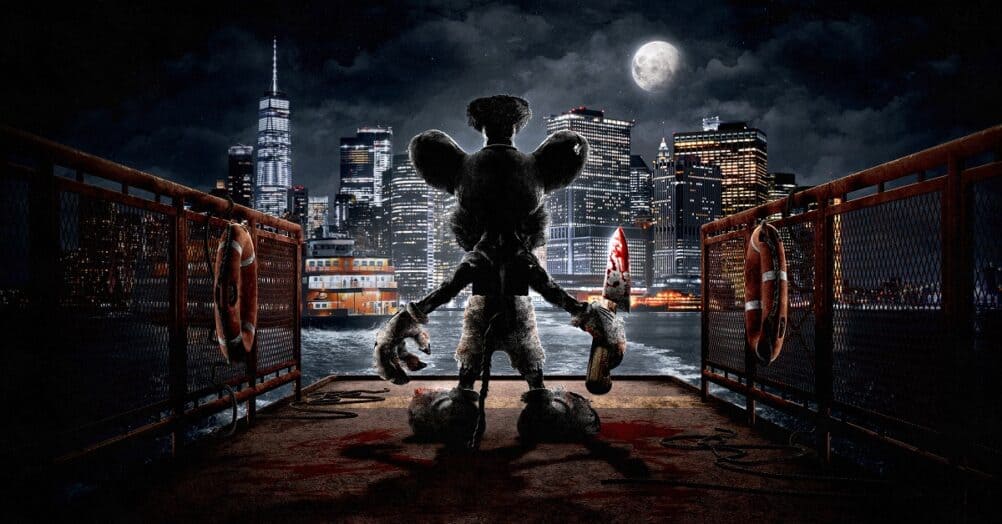
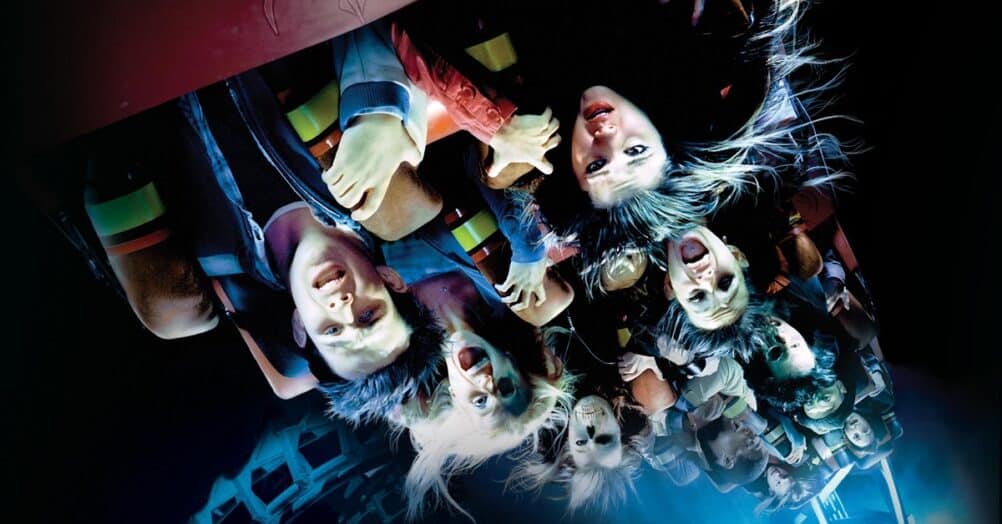
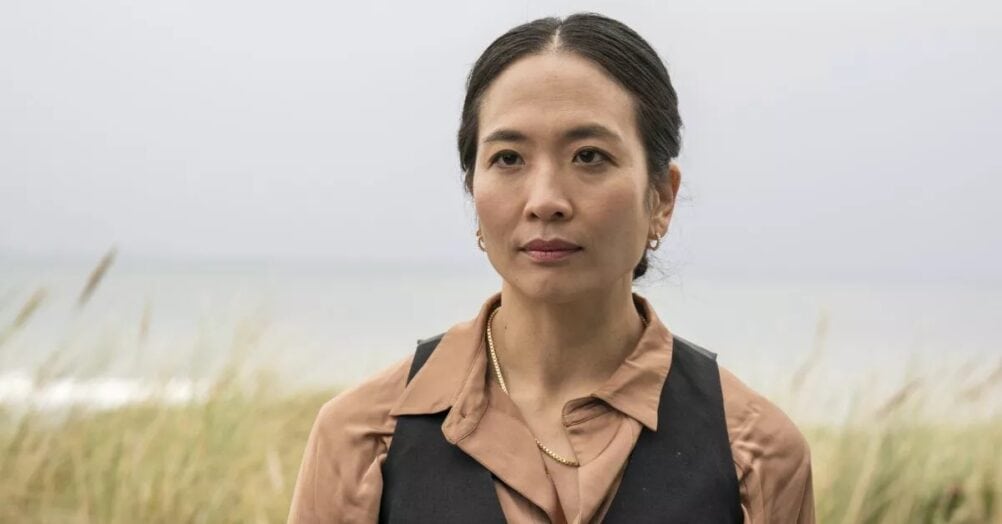
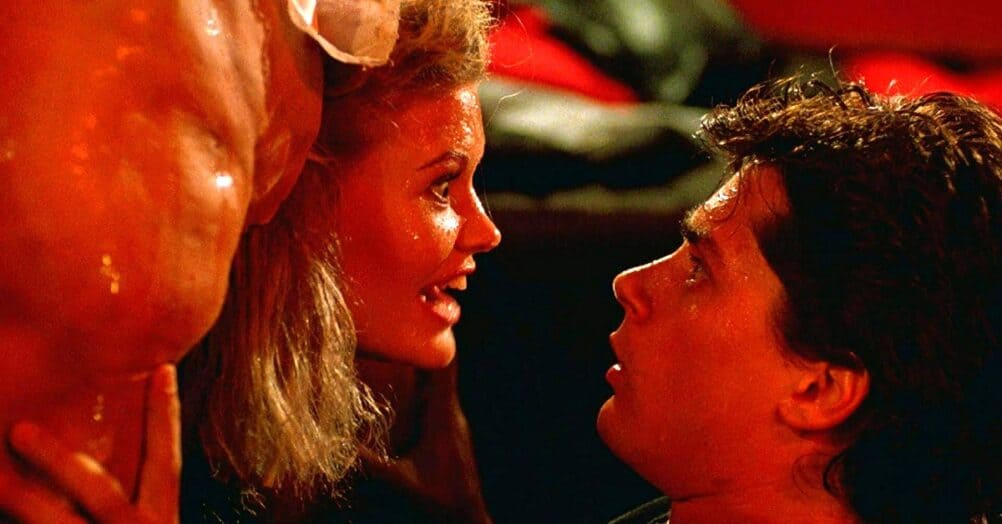
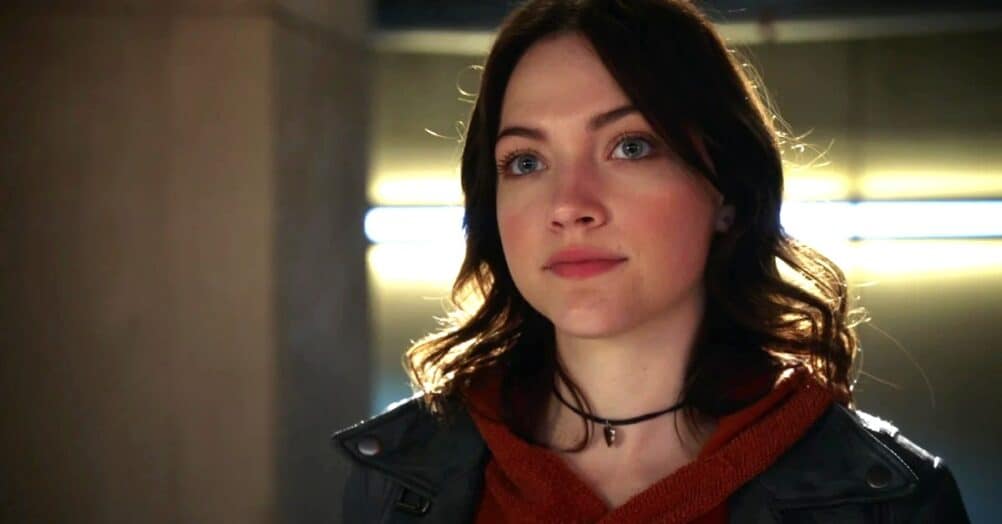
Follow the JOBLO MOVIE NETWORK
Follow us on YOUTUBE
Follow ARROW IN THE HEAD
Follow AITH on YOUTUBE